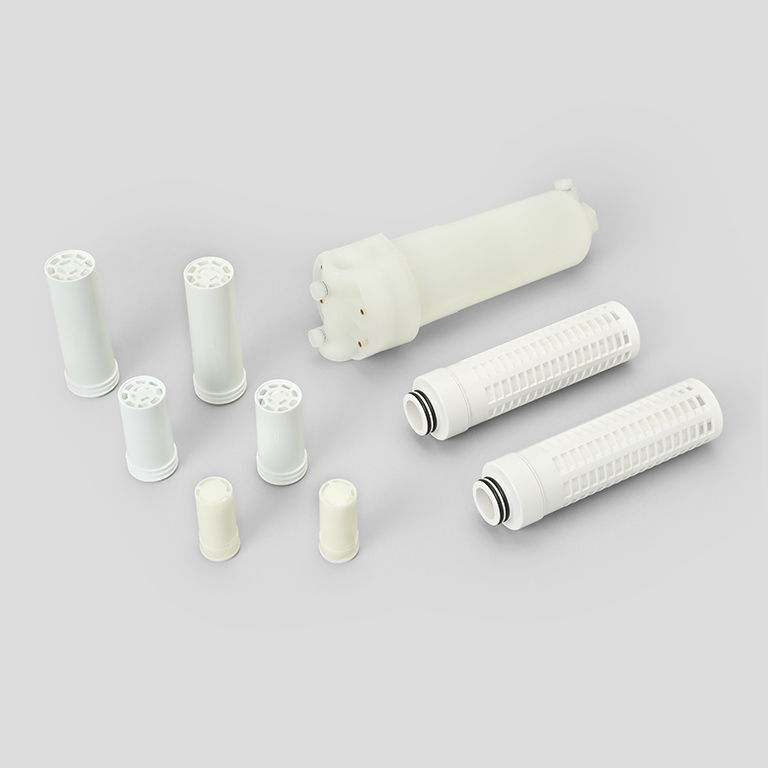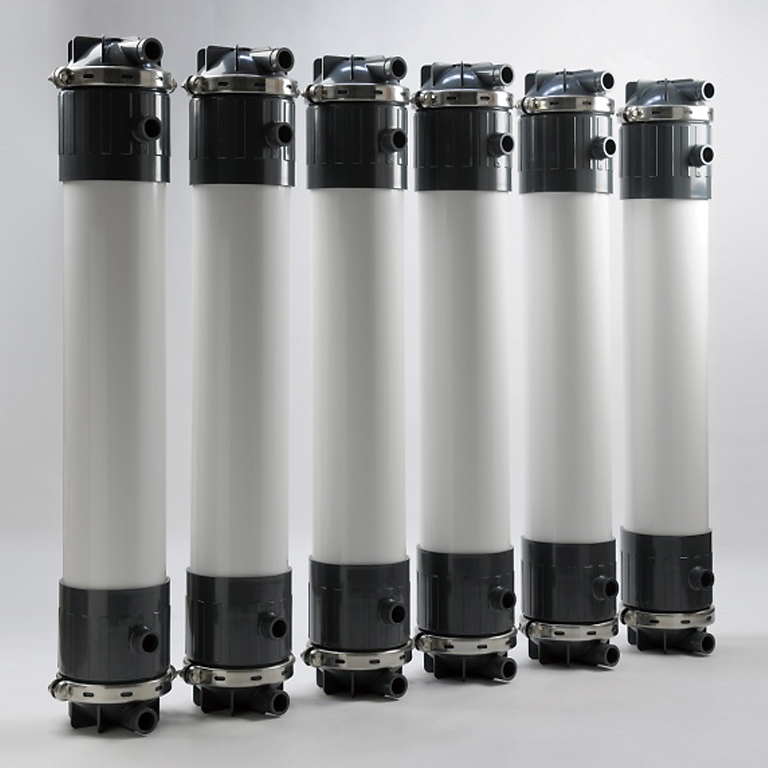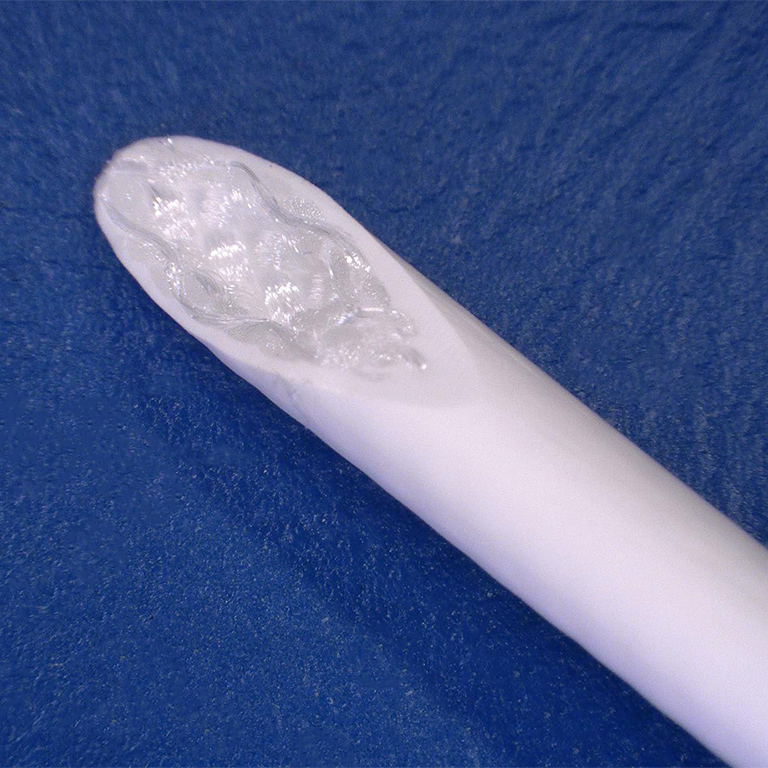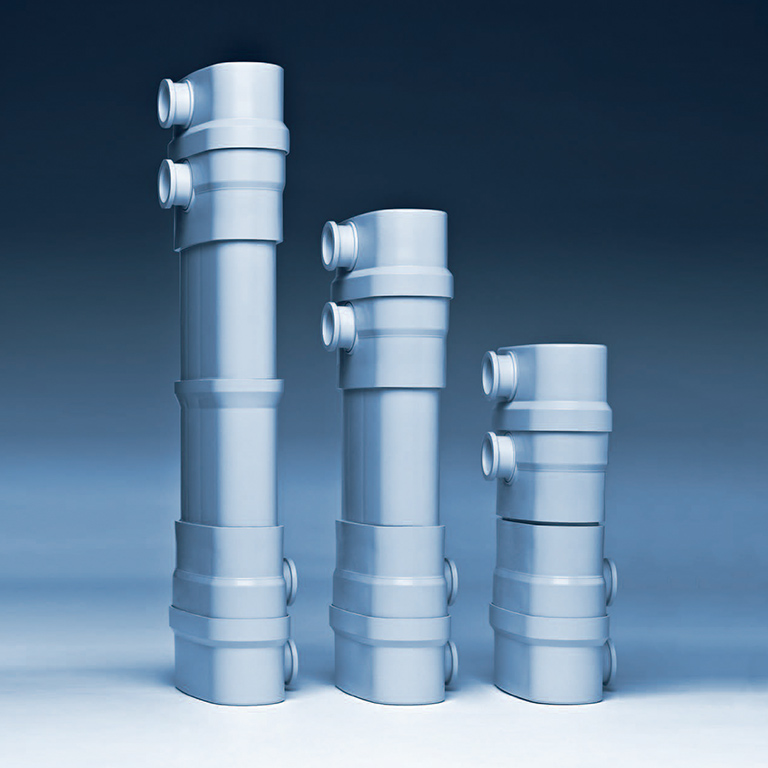Functional membrane products
- Water-purifier membrane modules
- Industrial membrane modules
- Hollow fiber membranes for MBR
- Humidifying membrane modules
-
-

-
Water-purifier membrane modules
-
-
Water-purifier membrane modules
Hollow fiber membranes of water purifiers serve to remove minute particles, rust, and turbidity from water. To ensure maximum performance of the hollow fiber membranes, NOK designs hollow fiber membrane modules for water purifiers to comply with requirements for customers’ water purifiers and conditioners and supplies products manufactured under a strict quality control system.
-
-

-
Industrial membrane modules
-
-
Industrial membrane modules
Industrial membrane modules are used to remove minute particles from water in various sites of water purification and reclaimed water treatment. NOK’s industrial membrane modules, employing polysulfone with superior balance of membrane pore diameter and flow rate as the membrane material, have achieved high filtration capability.
In addition, a hydrophilic polymer is contained in the membrane material to enhance the clog prevention property and ensure stable filtration flow rate.
The module size is optimized to ensure a large membrane area, thus attaining space-saved system design.
-
-

-
Hollow fiber membranes for MBR
-
-
Hollow fiber membranes for MBR
NOK’s hollow fiber membranes for MBR are physically reinforced with a support, and PVDF membranes are employed as functional membranes, thus attaining superior chemical resistance, scratch resistance, permeability, and antifouling property. Compact MBR systems with high performance can be constructed for various water qualities at low cost.
-
-

-
Humidifying membrane modules
-
-
Humidifying membrane modules
Humidifying membranes for fuel cells currently manufactured by NOK are hollow fiber membranes with nano-order pores provided on the membrane surface in our unique composition design. When air containing water vapor (wet gas) is brought into contact with the membrane, the water vapor is condensed to water in the pores and returned to vapor on the inner surface of the membrane according to the capillary condensation theory. The vapor is then fed to the fuel cell stack by supplied air (dry gas).
